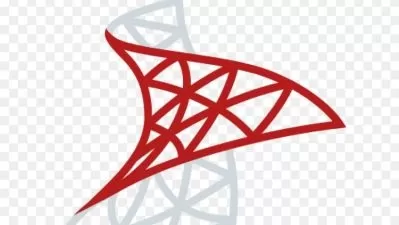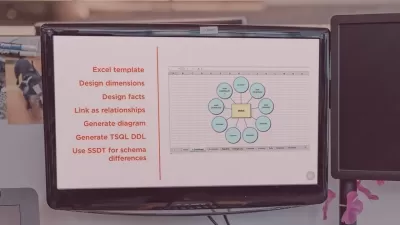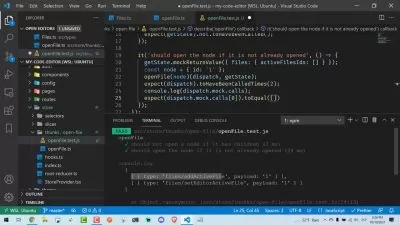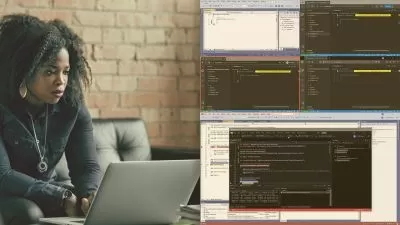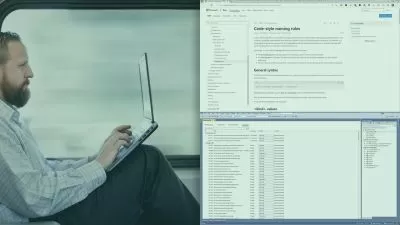SQL Server Data Tools for Visual Studio
Walt Ritscher
2:54:10
Description
Data and databases are an important component in most applications. While developers have access to a wide choice of data sources, Microsoft SQL Server remains a popular relational database choice. In this course, Walt Ritscher looks at the Visual Studio tooling available for creating, modifying, and using SQL Server databases. He shows how to connect to databases and work with data on enterprise servers, in the Azure cloud, and even to the special LocalDB developer databases included in Visual Studio. With the Visual Studio tools, developers can perform necessary tasks without needing the admin-focused SQL Server Management tool on their developer computer. Essentially, Visual Studio removes unnecessary features like admin tools, and focuses on tools that are useful for developers, like database and schema comparison tools. Join Walt in this course to learn to develop, build, test, and publish your database from a source-controlled project, just like you develop your application code.
More details
User Reviews
Rating
Walt Ritscher
Instructor's Courses
Linkedin Learning
View courses Linkedin Learning- language english
- Training sessions 68
- duration 2:54:10
- Release Date 2023/01/21








